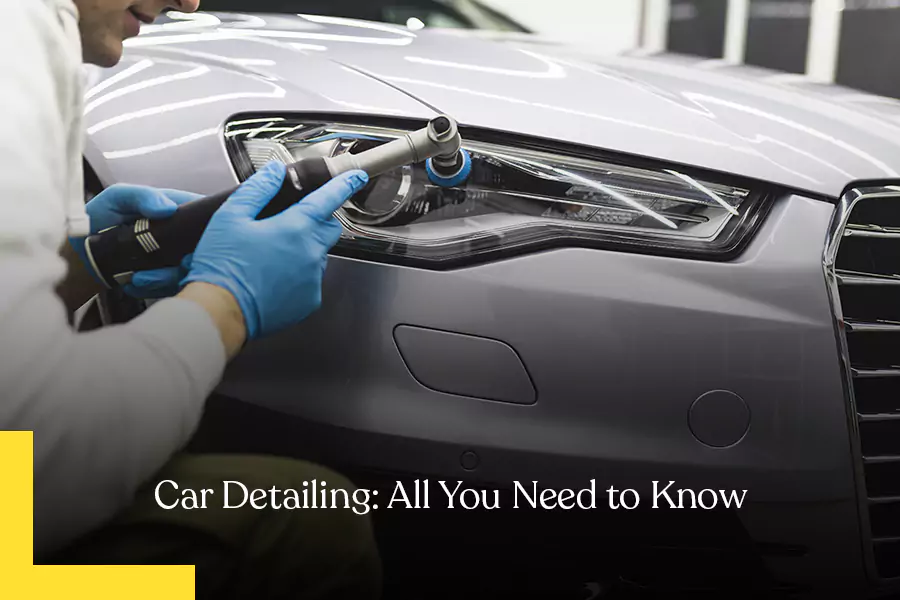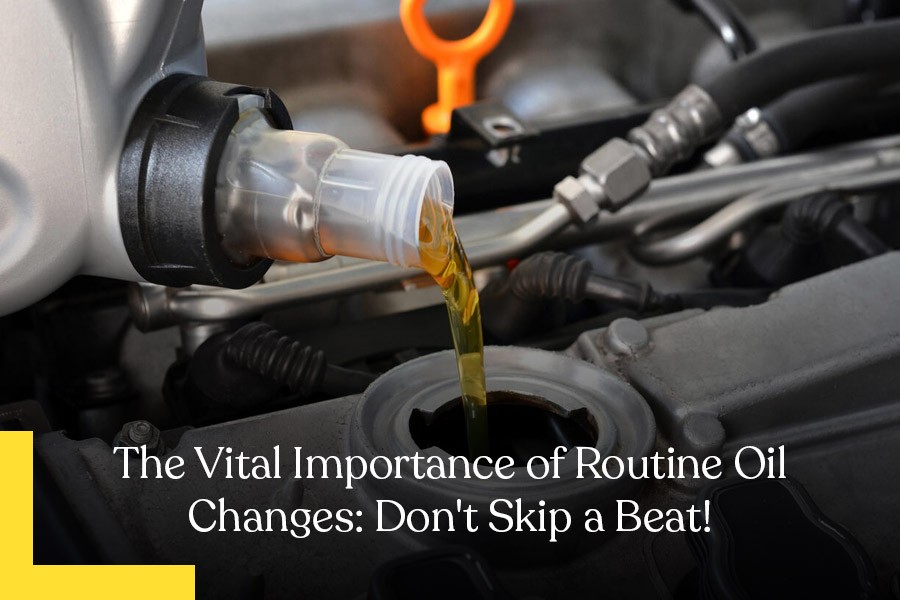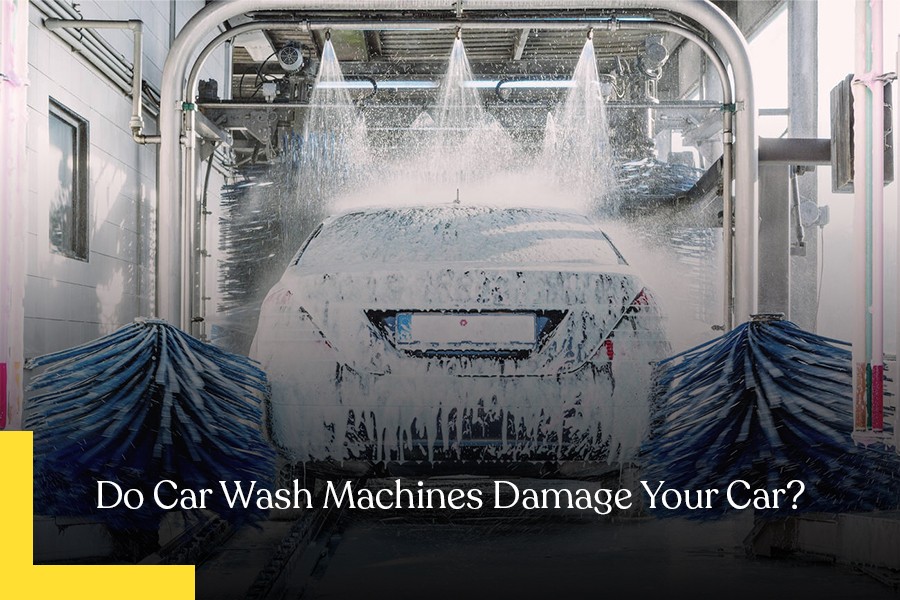Car detailing is the process of thoroughly cleaning and restoring a vehicle to its original condition, both inside and out. It involves a deep cleaning of the car’s exterior and interior surfaces, including the paint, engine, wheels, and undercarriage, to achieve a like-new appearance. Car detailing can also include the application of protective coatings and treatments to help maintain the vehicle’s appearance over time.
Regular car detailing helps to maintain the appearance and value of a vehicle, especially for those who plan to sell or trade in their car in the future. Detailing helps protect the paint from harmful elements such as UV rays, bird droppings, tree sap, and road salt, which can cause fading, discoloration, and other damage. Detailing can also improve the performance of a vehicle by removing built-up dirt and grime in the engine and other critical areas, which can cause issues with the vehicle’s functionality.
Car detailing provides a deep clean and shine that can enhance the overall aesthetic appearance of a vehicle, making it look new and well-maintained. Regular car detailing can increase a driver’s satisfaction with their vehicle, as they can enjoy a clean and well-maintained car both inside and out. Hence, car detailing is a worthwhile investment for those who want to protect their investment, improve their driving experience, and keep their vehicle in top condition.
Types of Car Detailing
Exterior Detailing: This involves cleaning and restoring the exterior of the vehicle, including the paint, windows, wheels, and undercarriage. Services may include washing, claying, polishing, waxing, and protecting exterior surfaces.
Interior Detailing: This involves cleaning and restoring the interior of the vehicle, including the seats, carpets, dash, and other surfaces. Services may include vacuuming, wiping down surfaces, cleaning leather and upholstery, and shampooing the carpets.
Engine Detailing: This involves cleaning and restoring the engine of the vehicle to improve its performance and appearance. Services may include degreasing, washing, and protecting the engine and its components.
Paint Correction: This is a specialised type of detailing that involves removing scratches, swirls, and other paint imperfections to restore the paint to its original condition.
There are several packages of engine detailing services varying in intensity and coverage which will also modify the cost. Full-service detailing is a comprehensive detailing package that includes all aspects of exterior and interior detailing, as well as engine detailing. Express detailing is a quick, basic detailing service that focuses on the exterior of the vehicle, including washing, waxing, and tire cleaning. Mobile detailing is performed by a professional coming to the customer’s location to perform detailing services. The consumer can choose the option best suited to their vehicle and personal needs.
A Step-by-Step Guide to Car Detailing
1. Preparation:
⚫ Before starting the detailing process, it is important to gather the necessary tools and products, such as a pressure washer, microfiber towels, car wash soap, wax, tire cleaner, and interior cleaner. The car should also be washed thoroughly to remove any loose dirt and debris.
2. Exterior Detailing:
⚫ Wash the exterior of the vehicle with car wash soap and a pressure washer, or by hand if the vehicle has a delicate finish.
⚫ Clean and protect the wheels and tires with a tire cleaner and wheel cleaner.
⚫ Clay the exterior surfaces to remove any contaminants that may have bonded to the paint.
⚫ Polish the paint to remove any swirls and scratches, and to restore its shine.
⚫ Apply wax or sealant to protect the paint and enhance its shine.
⚫ Clean and protect any other exterior surfaces, such as glass and plastic trim.
3. Interior Detailing:
⚫ Vacuum the interior of the vehicle, including the seats, carpets, and trunk.
⚫ Wipe down all surfaces with an interior cleaner, including the dash, doors, and centre console.
⚫ Clean and condition the leather and upholstery.
⚫ Shampoo the carpets and mats to remove any dirt and stains.
⚫ Clean and protect any other interior surfaces, such as windows and mirrors.
4. Engine Detailing:
⚫ Cover any sensitive parts to protect them from damage.
⚫ Spray the engine and its components with a degreaser to remove any dirt and grime.
⚫ Wash the engine with a pressure washer or by hand.
⚫ Apply a protectant to the engine and its components to prevent rust and other forms of damage.
5. Final Inspection:
⚫ Before detailing is complete, it is imperative to inspect the vehicle thoroughly to ensure that all surfaces have been cleaned and protected to the desired level.















